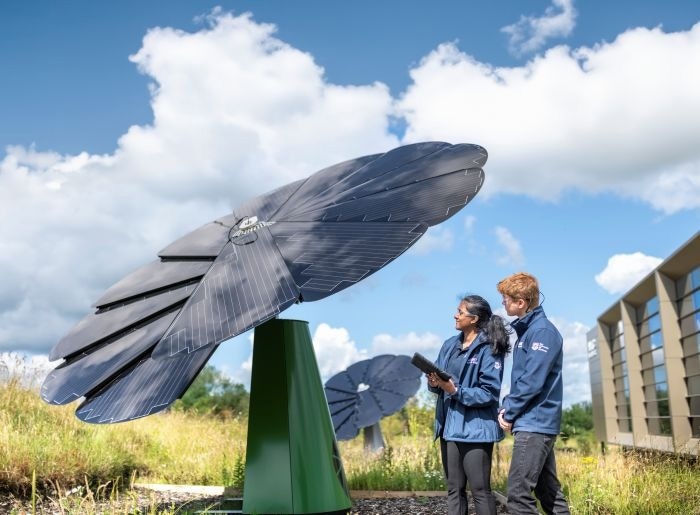Key Takeaways
- University of Sheffield AMRC engineers harness weather forecasts to optimize manufacturing processes and minimize carbon emissions.
- The new system schedules energy-intensive tasks during periods of lower carbon intensity on the electricity grid.
- Initial findings show that slight adjustments in production time can lead to significant reductions in environmental impact.
Sustainable Manufacturing Innovation
The University of Sheffield Advanced Manufacturing Research Centre (AMRC) has made strides in sustainable manufacturing by developing a system that leverages weather forecasts to optimize energy usage during production. This innovation aims to minimize the environmental footprint of manufacturing processes without sacrificing productivity.
In the UK, energy production is derived from both renewable sources and fossil fuels. However, the carbon intensity of the electricity grid fluctuates due to varying weather conditions. For example, poorer weather conditions lead to an increased reliance on fossil fuels, resulting in higher carbon emissions. Understanding these fluctuations is essential for making informed energy choices in manufacturing.
The AMRC has created a strategy to schedule energy-intensive manufacturing tasks during periods when the grid’s carbon footprint is at its lowest. Tace Morgan, sustainability lead at AMRC, notes the challenge of reducing manufacturing’s carbon footprint within the context of inconsistent renewable energy availability. By utilizing the predictable relationship between weather patterns and carbon intensity, the AMRC is able to schedule tasks to align with greener energy availability.
Furthermore, a new web interface tool has been designed to assist manufacturers in making scheduling decisions that weigh production timelines against environmental impact. This tool aims to educate manufacturers on trade-offs, fostering more sustainable practices.
While promising, further research is needed to integrate this scheduling system into real-world manufacturing environments, where multiple factors interact to influence operational schedules. This research builds on previous studies, specifically Project Butterfly, which linked weather patterns with energy carbon intensity.
A pivotal aspect of the AMRC’s work includes a machine learning model that forecasts energy carbon intensity up to 48 hours ahead. Trained on historical weather data and insights about renewable energy capacity, the model analyzes public weather forecasts alongside energy production trends to determine the most efficient times for machinery operation with the lowest associated CO2E emissions.
The effectiveness of this innovative scheduling approach has been validated through discrete event simulations (DES), utilizing actual manufacturing process data. These simulations compared traditional speed-optimized production schedules against those focused on minimizing carbon emissions. One notable simulation indicated that a slight increase in production time—just 2.8 hours—led to a significant emission reduction of 4.74 kilograms of CO2E, suggesting that small adjustments can result in substantial environmental benefits.
Dr. Jon Hall, technical lead at AMRC, highlighted the model’s ability to pinpoint peak and low carbon intensity periods, aiding in the identification of the most and least sustainable times for machine operation. It also showcases potential CO2E reductions achievable through sustainable scheduling.
Ultimately, this research underscores the importance of making informed energy choices in manufacturing, contributing to the UK’s goal of achieving net-zero emissions. The AMRC’s work represents a significant advance in marrying productivity with sustainability, paving the way for greener industrial practices.
The content above is a summary. For more details, see the source article.















